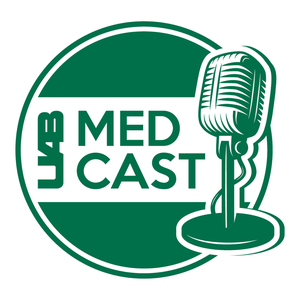
UAB MedCast
UAB Medicine
The Official Podcast of UAB Medicine
- Understanding Spinal Stenosis: What You Need to Know
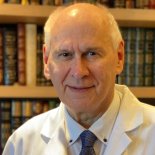
Almost everyone with spinal stenosis will see decreased pain and other symptoms following treatment, no matter their age. Thomas Staner, M.D., a neurosurgeon, discusses how improved imaging and a multidisciplinary approach has enhanced care for those with pain and other symptoms caused by spinal stenosis. Learn how treatments can progress from physical therapy and NSAIDs (for mild pain) to nerve blocks and lumbar laminectomy (for more severe pain).
11 November 2024, 7:00 am - Revolutionizing Diabetes Care: The Role of Telehealth
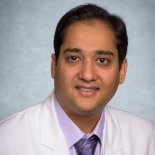
Telehealth coupled with patient-collected data is allowing doctors to manage diabetes more effectively. Anish Patel, M.D., an endocrinologist, discusses how telehealth reduces hospitalizations and readmissions, and allows doctors to personalize treatment plans based on a stream of real-time data. Learn more about how easy it can be for patients to collect their own data, which doctors are able to access remotely. Dr. Patel shares advice for physicians looking to start a telehealth practice.
4 November 2024, 7:00 am - MASLD in Patients with Type 2 Diabetes: Screening, Diagnosis, and Treatment
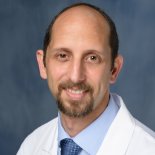
Metabolic dysfunction-associated steatotic liver disease (MASLD) is a new, more precise name for nonalcoholic fatty liver disease. Fernando Bril, M.D., an endocrinologist, explains how this name precisely describes the way in which fatty acids build up in the liver of patients who have insulin resistance. Learn more about the close relationship of MASLD, type 2 diabetes, and obesity. Dr. Bril reviews current screening recommendations, effective interventions, and the first approved drug for the condition.
28 October 2024, 6:00 am - How Can Providers Identify and Treat Type 1 Diabetes?
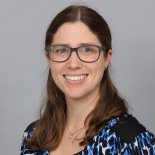
How is care improving for the three percent of U.S. children who have type 1 diabetes? Jessica Schmitt, M.D., a pediatric endocrinologist, shares encouraging developments in medical diabetes management as well as insights about accurate diagnosis and helpful lifestyle habits. Learn about new treatments on the horizon, including one medication that may delay the onset of type 1 diabetes.
20 October 2024, 4:00 pm - Advancements in Peripheral Arterial Disease Management
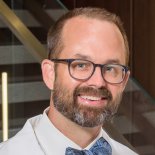
The prevalence of peripheral arterial disease (PAD) is surging due to cases related to diabetes. Benjamin Pearce, M.D., a vascular surgeon, discusses management of PAD by highlighting three non-operative advancements, including exercise therapy. Learn how PAD can be diagnosed using an ankle-brachial index. Dr. Pierce explains how a multi-disciplinary team manages this condition and how they intervene early to prevent chronic limb-threatening ischemia.
30 September 2024, 6:00 am - Treatment Options for Skin Cancer of the Head and Neck
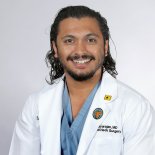
85% of all non-melanoma skin cancers occur in the head and neck, which includes high-risk sub-units. Skin cancer is especially prevalent in the South. Harishanker Jayarajan, M.D., a head and neck surgeon, discusses the types and locations of skin lesions which warrant referral to an expert. He explains the general approach to treating head-and-neck skin cancers, as well as the modern usage of immunotherapy to shrink those lesions too dangerous to remove right away.
23 September 2024, 6:00 am - Transforming the Paradigm of Surgical Recovery

Patients who have surgery where there is an enhanced recovery program (ERP) recover faster and more effectively. Daniel Chu, M.D., a GI surgeon, discusses the many steps included in an ERP protocol and what it takes to establish the program. He explains how a multidisciplinary team of champions progresses through four phases of implementation. Learn how an ERP also helps patients rely less on opioids during recovery.
16 September 2024, 6:00 am - Pediatric Gynecology: What to Expect
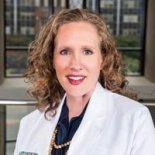
Pediatric and adolescent gynecology spans the gap between general pediatric care and adult gynecologic care. Janeen Arbuckle, M.D., speaks on her specialty in pediatric and adolescent gynecology, describing first the common conditions that warrant a visit for young women before and during adolescence. She highlights differences between the care grown women and adolescents receive, with special focus on the HPV vaccine and brith control (for managing special conditions). Dr. Arbuckle explains why creating a safe, confidential space for her young patients is so important.
26 August 2024, 6:00 am - Patient Addiction and Recovery Part 2
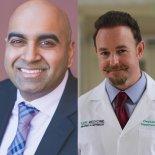
Substance use disorder (SUD) is a deadly disease that can affect anyone — even doctors. But certain social determinants of health and psychological trauma make some more vulnerable than others. In part 2 of their discussion on SUD treatment and recovery,Christopher Godlewski, M.D., and Sudheer Potru, D.O., discuss how doctors can account for the particular challenges in a patient’s life. Find out why telehealth may be a game changer for those lacking access to addiction recovery specialists.
19 August 2024, 6:00 am - Patient Addiction and Recovery Part 1
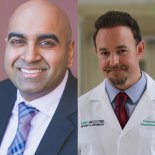
Substance use disorder (SUD) is a deadly disease that can affect anyone — even doctors. Christopher Godlewski, M.D., an anesthesiologist, and Sudheer Potru, D.O., an addiction medicine specialist, discuss the barriers to effective treatment of SUDs, both inside and outside of health care. They review the standard pharmacologic and behavioral therapy treatments as well as cutting edge medicines and neurosurgical approaches being used in the field.
12 August 2024, 6:00 am - Integrating Behavioral & Mental Health into Primary and Specialty Care Clinics
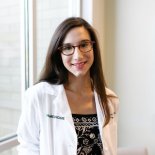
Behavioral and mental health is part of every serious medical condition. According to Christina Pierpaoli Parker, Ph.D., a licensed clinical psychologist, behavioral medicine belongs closer to patients in primary and specialty care clinics. She explains why many patients are not getting the mental health care they need and how integrated care models can help. Learn about UAB’s integrated care model normalizes mental health as part of routine care.
5 August 2024, 6:00 am - More Episodes? Get the App
Your feedback is valuable to us. Should you encounter any bugs, glitches, lack of functionality or other problems, please email us on [email protected] or join Moon.FM Telegram Group where you can talk directly to the dev team who are happy to answer any queries.
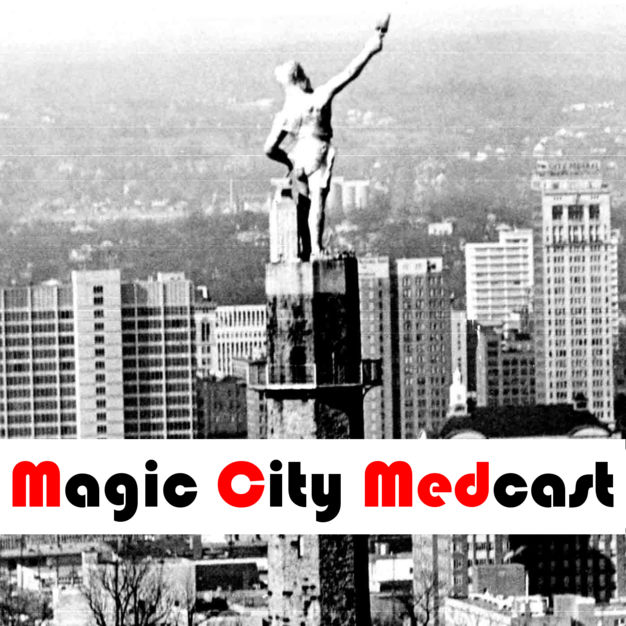 Magic City Medcast
Magic City Medcast
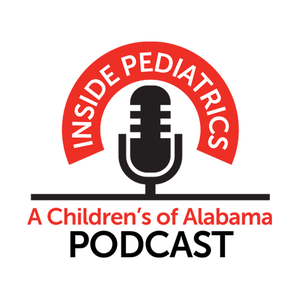 Inside Pediatrics
Inside Pediatrics
 EMGuidewire's Podcast
EMGuidewire's Podcast
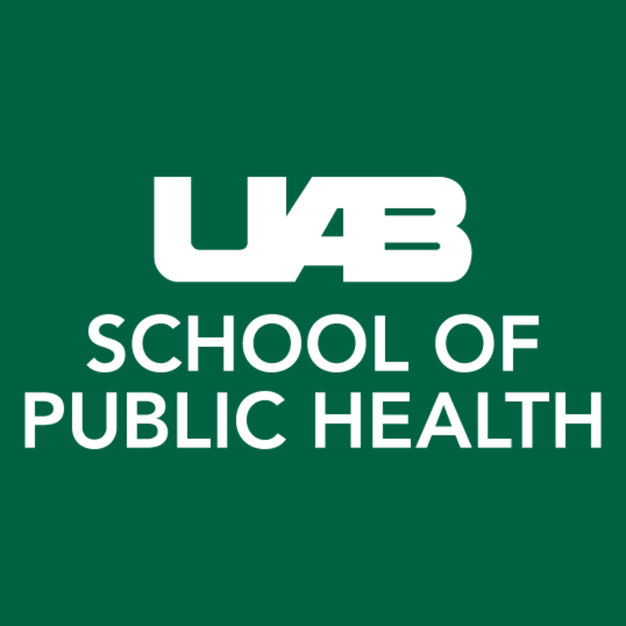 UAB School of Public Health
UAB School of Public Health
 Vanderbilt Internal Medicine Residency Podcast
Vanderbilt Internal Medicine Residency Podcast
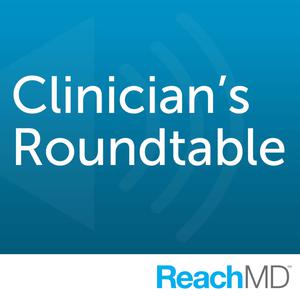 Clinician's Roundtable
Clinician's Roundtable